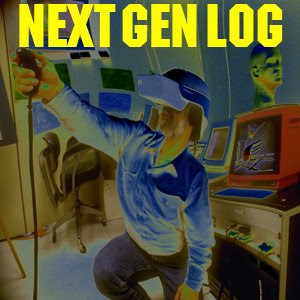
Two startups are claiming the world's first letter-sized electronic paper tablet. IRex Technologies BV (Eindhoven, Netherlands), a spinoff of Philips Electronics N.V., and Plastic Logic Inc. (Mountain View, Calif), a spinoff of the Cavendish Laboratory at University of Cambridge, U.K. Both the iRex 1000 and the Plastic Logic Reader have outer dimensions approximating the size of an 8.5- by 11-inch tablet. Both use reflective, high-contrast gray-scale electrophoretic material from E-Ink Corp. (Cambridge, Mass.). The iRex 1000 is available now. Plastic Logic's Reader won't be available until 2009, but the company claims its tablet is slightly larger. Both e-paper tablets display most document types--books, magazines, newspapers, PDFs and other electronic formats--but iRex's electronic paper tablet also can write on documents with a stylus--circling, underlining or long-hand writing. Plastic Logic's e-paper tablet is slightly larger, slightly thinner and weighs slightly less, but iRex's electronic paper tablet is a third-generation model with most of the bugs said to be worked out. Plastic Logic's Reader uses low-temperature transistor arrays on a flexible plastic substrate that eventually could be up to 40 percent cheaper to manufacture than silicon transistors on glass. But iRex claims its traditional glass-substrate is cheaper now, plus it will offer plastic substrates in future models when prices drop.
Text: http://www.eetimes.com/showArticle.jhtml?articleID=210603630



























